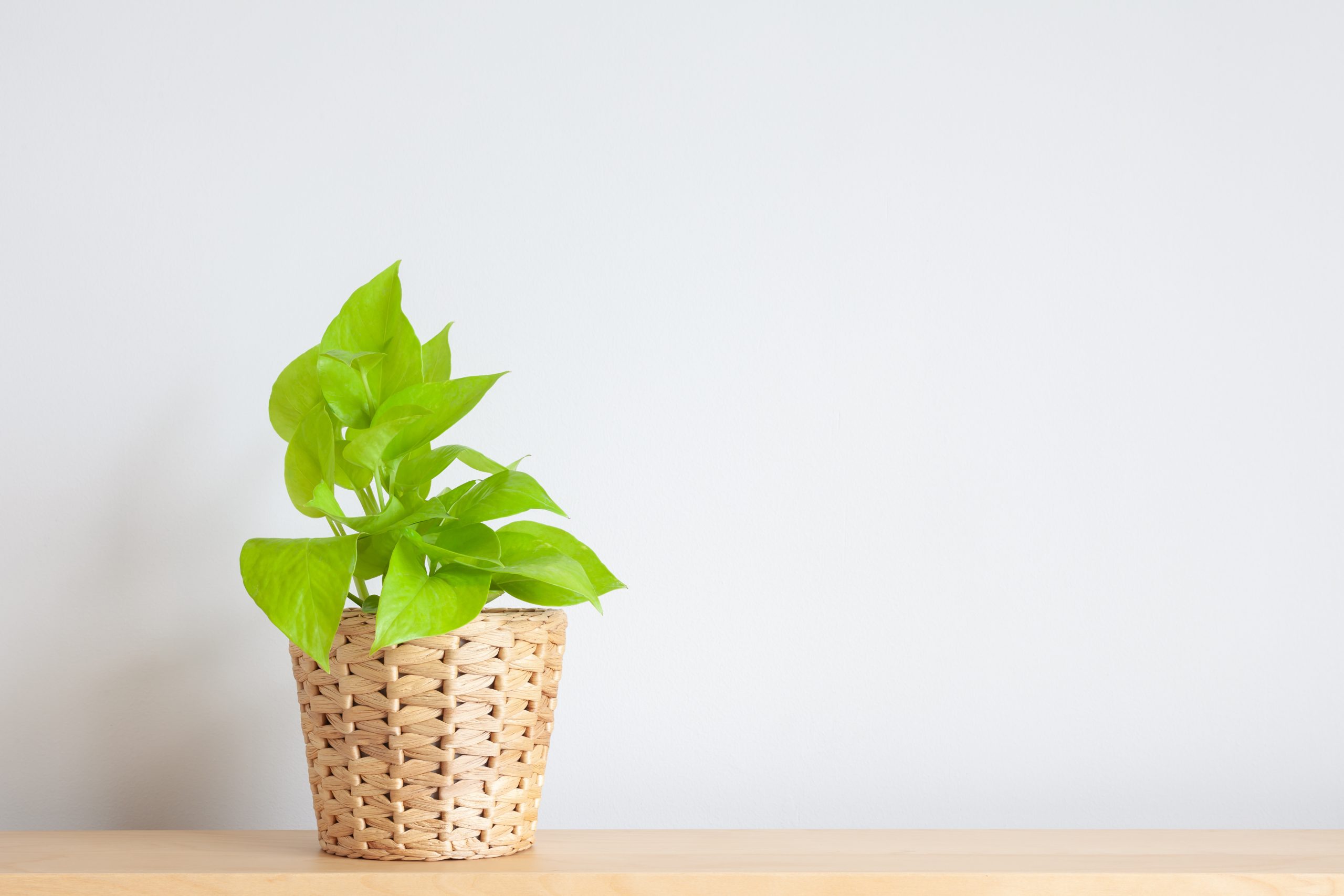How the ecofashion boom is transforming the lives of cotton farmers in central India.
Saritha Rai | December 2007 issue
Through narrow village streets littered with cattle dung and hay, past a group of men wordlessly chewing tobacco under a shady banyan tree and oxen lazing in the tropical sun, lie lush cotton fields dotted with golden flowers, hedged in by tall sorghum plants. The fields belong to 41-year-old Jogeshwar Sahare, a farmer from the village of Madni in the Vidarbha region of Maharashtra state, the famed cotton heartland of central India. For five years, Sahare has gone back to the basics of cotton cultivation, shunning expensive fertilizers and chemical pesticide sprays while practising farming methods perfected by his ancestors on this land.
Sahare belongs to a small group of about 50 organic growers in a village with four times that number of farmers. Last year, his cotton fields started producing “A” grade organic cotton—a certification farmers achieve only after their crops have been chemical-free for three consecutive years. Several other farmers in his village are “in conversion,” gradually spurning chemicals and adopting eco-friendly farming methods.
On the other side of the world in the United States and Europe, consumers are grabbing clothing and bed linen made from the region’s cotton off the racks of boutiques and megastores. The soft, white fibre that goes into the products is every bit as pure as it looks, the linen and clothing free of toxic residue. Nike, Patagonia and Wal-Mart are among the world’s top five organic cotton markets, while smaller firms—like bed-linen-and-apparel retailer Under the Canopy, baby-apparel firm Sage Creek Naturals and the merchandising divisions of Greenpeace, Amnesty International and Oxfam—are going organic.
That explains the rocketing 35 percent rise in global sales of organic cotton products, from $245 million in 2001 to $583 million in 2005 to a projected $2.6 billion in 2008, according to the California-based non-profit, Organic Exchange. While this is a fraction of the sales of cotton products, signs are that the market for organic clothing is headed the same way as the organic food industry: up, fast. Sahare and thousands more like him in villages around central India have made their country the second-largest organic cotton producer in the world, just behind Turkey. The organic boom offers them a chance to break free of the cycle of poverty and debt that has plagued them for many years.
Conventionally grown cotton accounts for up to 25 percent of the world’s insecticide use and more than 10 percent of its pesticides, according to the Pesticide Action Network of North America. Farmers in the region spray their fields three to four times in a single season, says Sriram Kalaspurkar, a local engineer who is now a sustainable-agriculture activist.
Here is where most of India’s organic cotton is grown:
More Facts:
|
Until they came upon the organic alternative, Sahare and fellow farmers in villages across Maharashtra and neighbouring Andhra Pradesh were caught in a brutal annual cycle. Fertilizers and pesticides account for up to 40 percent of the cost of producing cotton, says Kalaspurkar. The overuse of chemicals has made pests resistant, forcing farmers to buy more pesticides—and sink deeper into debt. (Many also suspect pesticide residues in the soil enter the human food chain through milk, causing birth deformities, learning disabilities and other ailments.)
Sahare currently services a loan of $633. To buy seeds, chemical fertilizers and pesticides, farmers borrow from the local banks at interest rates of up to 14 percent. Private lenders—some of whom own the fertilizer and pesticide supply stores—charge 3 percent monthly interest or more. Farmers can hardly make ends meet on the income from cotton farming, their earnings just enough to last them until the next season and yet another round of loans. Unexpected expenses can take them deep into debt.
Many farmers barely manage to survive the debt cycle. “They cannot pay back loans because they have to pay for a wedding in the family, repairs to their home or even addiction to alcohol and gambling,” says 65-year-old Nagorao Pawade of Naigaon, a village three miles from Sahare’s fields. “Farmers first sell their wives’ ornaments and their cattle,” says Kishore Tiwari, president of the Vidarbha Jan Andolan Samiti, a group of local farmers who organized to highlight their plight. “Then they become so vulnerable they distress-sell their homes and their land.”
The debt spiral has been so vicious that suicides have been rampant. Last August alone, 110 farmers committed suicide in the region, according to Vidarbha Jan Andolan Samiti. They were unable to repay debt and overcome poverty. Their favoured method of killing themselves: drinking pesticide. Members of the farmers’ group call the region “the dying fields.”
Sahare’s neighbour, a cotton farmer named Maruti Mukind Shedke, drank his pesticides in mid-August, becoming the first suicide in his village. Shedke, who grew cotton on three acres, had borrowed $1,518 from the bank and the local money-lender. His 21-year-old son and 18-year-old daughter were both engaged to be married. Villagers say Shedke could not come to terms with the bleak scenario before him. Deep in debt, he was expected to spend vast sums, his income for several years, for a proper, traditional Indian wedding.
The growing demand for organic cotton products in the West offers Indian farmers a way out of this destructive spiral, says Arun Chandra Ambatipudi, head of the Chetna Organic Farmers Association, which has a membership of 7,500. Ambatipudi, a sustainable-farming expert formerly with the United Nations’ Food and Agriculture Organization (FAO), partnered with the Dutch NGO Solidaridad to set up Chetna, which trains farmers in Maharashtra and Andhra Pradesh and supports them by providing access to markets, negotiating better prices and establishing links to retailers.
Going organic isn’t easy, though—and in the short term, not always more profitable. Sahare, an amiable man with salt-and-pepper hair who dresses in the white, loose-fitting local kurta and dhoti, saves on the costs of shop-bought fertilizer and pesticides. Instead he makes his own organic manure, worm compost and herbal pesticide. The compost and worm-culture pits at one end of his plots need regular tending, and the fields need constant weeding. It is back-breaking work.
In one corner of his land lies a small concrete tank filled with a vile-smelling liquid. This mixture of 10 local herbs decomposes for days before he dilutes it and sprays it on his crop.
| SIDE STORY: How organic cotton can work over the long haul Northern California-based retailer Coyuchi, which offers organic cotton bedding, towels, robes, sleepwear, blankets and baby beds, has been delivering products made solely of Indian organic cotton since 2001. Ode talked with founder Christine Nielson. What can make growing organic cotton sustainable for the farmers? Christine Nielson: “Only with the added benefit and support of fair-trade certification can organic cotton farming work over the long haul. The higher price for organic cotton in addition to the premium for fair-trade certification assures more returns. Half of the fair-trade premium goes to farmers’ committees and will be utilized for projects that benefit the community, such as setting up schools and providing drinking water.” The distance between the Indian cotton fields and Western warehouses makes it hard to explain why we should buy organic, fair-trade clothing. “That’s why we are working on a label that will have numbers so that every item can be traced back. When customers enter a number into the website, they will see pictures of the farmers and the village where that cotton was grown and be able to support those farmers individually.” Why do you source all your products from India? “We have a relationship with our supplier, Rajlakshmi Cotton Mills, which is more than just business. We share environmental and social values.” |
Since his entry into organic farming four years ago, Sahare has seen little money. He says he has not bought a new television set despite his family’s haranguing. He discourages his wife from going shopping. Paying fellow villagers to work in his fields is his main expense.
On the other hand, ever since Sahare stopped using pesticides, his workers no longer fall sick or complain of stomachaches or eye pain—and he does not have to deal with the medical emergencies of the past. Once, he rushed a worker to the hospital after the bag of pesticide spray he was carrying leaked and burned his back.
Nilesh Dambare, 24, lives in Vini, a village six miles from Sahare’s fields. Dambare’s late father, who owned seven acres (three hectares) of cotton fields, was debt-ridden and struggled to send his two sons and daughter to school. Dambare earned a diploma in agriculture a few years ago, but all he learned about fertilizers and pest control didn’t seem to work in his own fields.
“The pests became more resistant and the high costs dragged us deeper into loans,” says Dambare, a short man whose jet black hair is neatly combed back. Dambare had a debt of $633 last year when he stopped using chemical fertilizers and pesticides. Nothing in Dambare’s fields now is wasted. Weeds are mulched and turned into compost using ox dung. Cattle urine is used as pest-repellent on the cotton seeds. In a year, he has already repaid a third of his loan.
“I’m doing the right thing,” he says. The earth in his fields is soft, the soil smells fresh and the cotton plants look luxuriant, although they are not quite as tall as the plants in nearby fields.
Is Vidarbha on its way to becoming an eco-friendly farming idyll then? Not likely. For every eco-friendly cotton grower, several others are still chasing the dream of genetically modified (GM) cotton. The yield is nearly three times higher than with organic cultivation. And both fetch the same price in the market. Farmers get a premium for organic cotton from Western manufacturers, but with lower initial yields, the returns even out. Only when yields rise and costs drop as farmers get the hang of the new methods does organic agriculture become financially attractive.
Considering that, why do farmers like Sahare choose organic cotton? “The higher price for organic cotton and the premium for fair-trade certifications,” says Christine Nielson, founder of Coyuchi, a bed-and-bath-products label that retails items made exclusively with cotton from Chetna’s farmers.
Convincing farmers to go organic is not an easy sell. Gajanand Jatkar, 45, of Madni, owns six acres (two hectares) of cotton fields. “I have a small holding,” he says, “so I’m wary about turning organic.” His daughter is 20 years old, and by the standards of rural India, should be married off. Jatkar plans to do that later this year or the next, and dares not take a financial risk in the meantime.
Ambatipudi of Chetna describes the process of converting farmers from conventional methods as “very difficult.” Most farmers cannot withstand the marketing bombardment from GM seed sellers and the pesticide industry. Helping farmers cope with the period when yields drop is a challenge too. Farmers do not understand that input costs and health costs are lower. “The logic of the cost-benefit ratio eludes them,” says Ambatipudi. Sahare and Dambare can hardly conceive of their cotton adorning the bedrooms and bathrooms of people on the other side of the planet.
But in Vidarbha, optimism is rising among those who have returned to nature-friendly cultivation. If consumers begin to pay more for organic cotton, and organic products catch on in a big way, farmers know they stand to see premiums for other organic produce like lentils and soybeans that grow alongside cotton.
“When the price for organic cotton rises, the village money-lenders look more and more unhappy,” says Sahare with unmasked glee.
Saritha Rai is a freelance journalist based in Bangalore, India.











